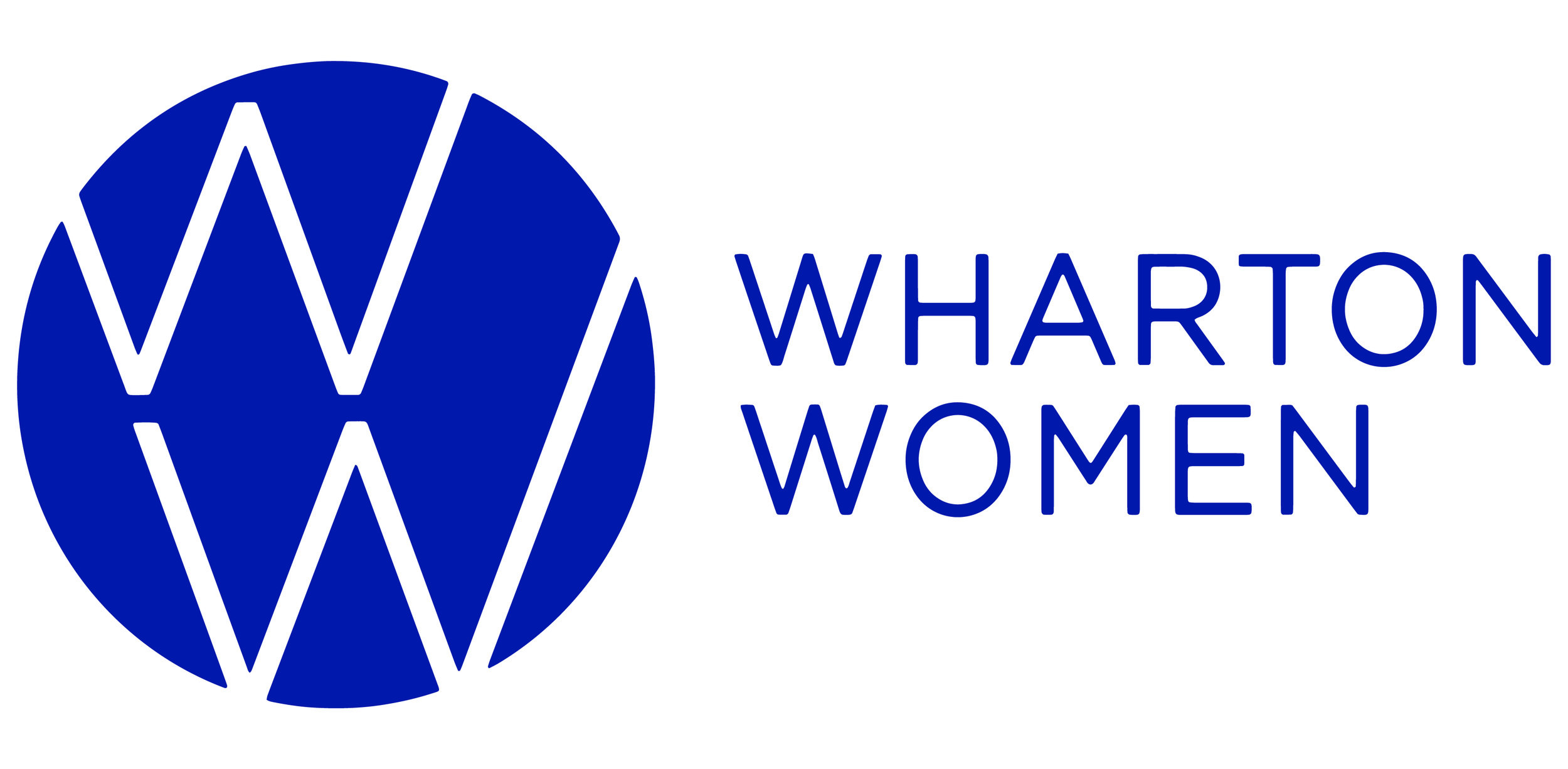From Runway to Revenue: How Acquisitions Are Reshaping the Fashion & Beauty Landscape
Written by Ria Saraswat (W’25); Edited by Riya Anand (C’26)
It’s no secret that big fashion is getting even bigger. Luxury conglomerates are snatching up competitors, and U.S. rivals are following their footsteps. Numerous acquisitions in the luxury space are bringing the reins of fashion and beauty into the hands of a few, begging the question: will luxury retail remain competitive or will we see luxury houses further monopolizing the industry?
In November of 2022, Estee Lauder made the year’s biggest luxury deal, agreeing to buy Tom Ford for $2.3bn after a series of fragrance acquisitions including Killian and Le Labo. The deal was financed through a combination of cash, debt, and $300 million in deferred payments. While Estee Lauder previously had an existing licensing agreement with Tom Ford, the brand’s portfolio of scents, skincare, and cosmetics drove the deal as an opportunity to further dominate the beauty sector and foray into apparel as well. Fabrizio Freda, the chief executive officer of Estée Lauder, highlighted that the deal was a long-term acquisition and an investment into luxury beauty. Given that Estee Lauder beat out French luxury group Kering for the deal, it’s obvious that Estee Lauder is steadfast in its goal to expand farther than fragrance and compete on the big stage. Big fashion has been dominated by European luxury houses, but American companies are establishing themselves as key players in the market.
Similarly, Tapestry is on a mission to establish an American fashion giant through its recently announced acquisition of Capri Holdings. Tapestry’s luxury handbag-dominated portfolio already includes Kate Spade, Coach, and Stuart Weitzman and will expand to include Capri’s Versace, Michael Kors, and Jimmy Choo for $8.5bn. This deal is yet another in the slew of acquisitions positioning U.S. players to increase market share amidst moguls like LVMH and Kering.
Meanwhile, French power house Kering has remained active, partnering with Qatari investment fund Mayhoola to purchase 30% of Valentino, with the opportunity to buy the entirety of the brand within five years. While Kering has lagged behind competitors like LVMH, it’s remained acquisitive, buying perfumer Creed for $3.8bn at an inflated 23 EV/EBITDA multiple. With multiple mergers and acquisitions defining the luxury landscape, the question comes down to sustainable growth. Inorganic growth can kickstart momentum, but fashion houses will have to find synergies in their growing portfolios to fully capitalize on acquisitions. The question is: who will come out on top?
